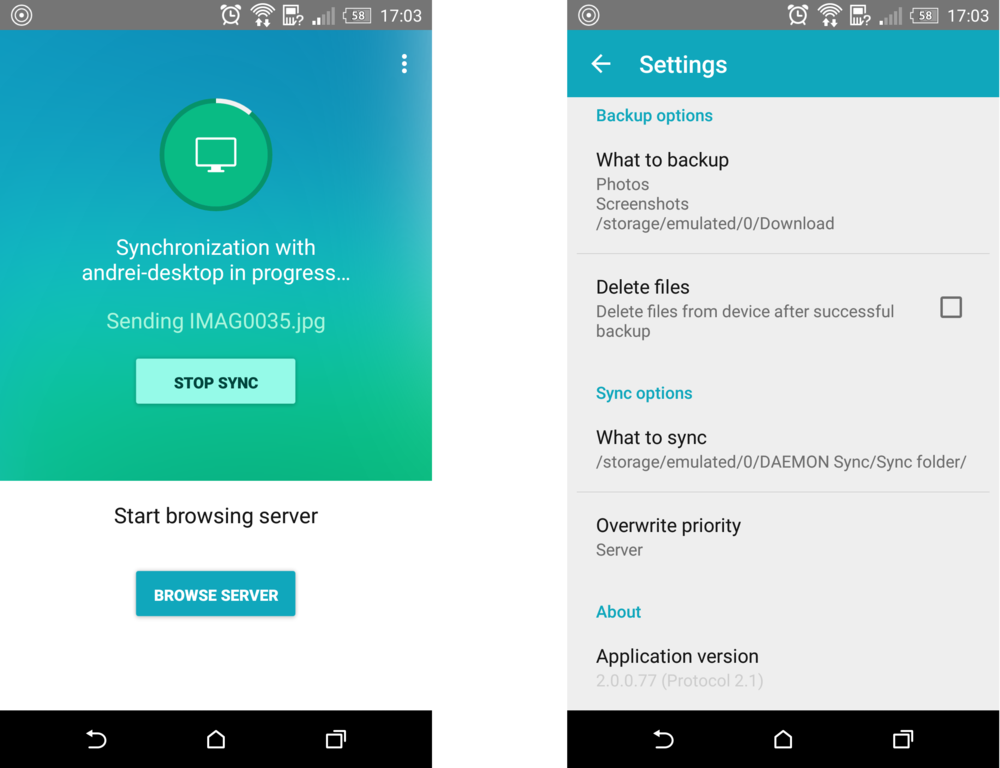
Keychain Access APIs result in calls to the daemon, which queries the app’s “Keychain-access-groups,” “application-identifier,” and “application-group” entitlements. There is only one database, and the securityd daemon determines which keychain items each process or app can access. The keychain is implemented as a SQLite database, stored on the file system. The secret key always requires a round trip through the Secure Enclave. The metadata key is protected by the Secure Enclave but is cached in the Application Processor to allow fast queries of the keychain. Keychain metadata (all attributes other than kSecValue) is encrypted with the metadata key to speed searches, and the secret value (kSecValueData) is encrypted with the secret key. Keychain items are encrypted using two different AES-256-GCM keys: a table key (metadata) and a per-row key (secret key).

Adding transit and eMoney cards to Apple Wallet.Rendering cards unusable with Apple Pay.Adding credit or debit cards to Apple Pay.How Apple Pay keeps users’ purchases protected.Intro to app security for iOS and iPadOS.Protecting access to user’s health data.How Apple protects users’ personal data.Activating data connections securely in iOS and iPadOS.Protecting user data in the face of attack.Protecting keys in alternate boot modes.

Encryption and Data Protection overview.
#Daemon sync password recovery mac#
UEFI firmware security in an Intel-based Mac.Additional macOS system security capabilities.recoveryOS and diagnostics environments.Contents of a LocalPolicy file for a Mac with Apple silicon.LocalPolicy signing-key creation and management.Boot process for iOS and iPadOS devices.Secure intent and connections to the Secure Enclave.Face ID, Touch ID, passcodes, and passwords.


 0 kommentar(er)
0 kommentar(er)
